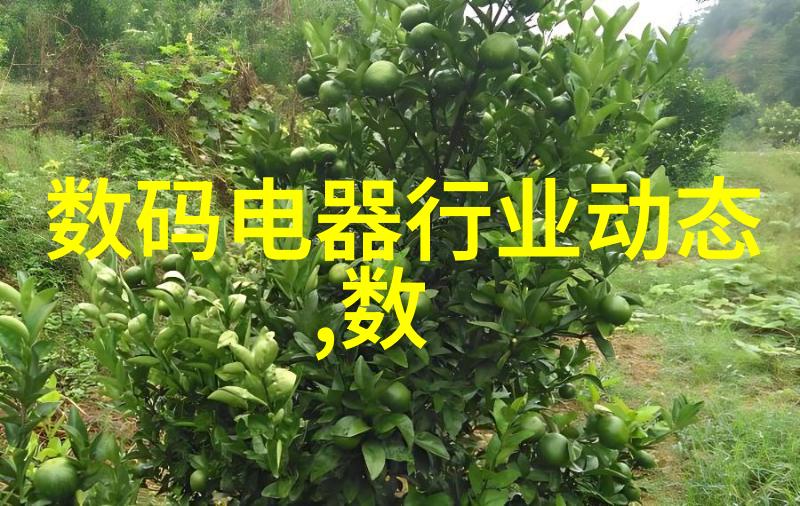深邃如海的矿井水深度掩映着一套高超的除氟系统工艺包而这背后隐藏着小型不锈钢制品加工厂的精湛技艺
随着经济的发展,半导体、表面处理、采矿等行业产生了大量的高氟废水,由于高氟水对健康具有较大危害,含氟污水治理己经引起了广泛的关注。

多年以前,含氟废水的处理,一般下游污水处理厂通过合并多股废水,稀释总排水的氟浓度,以进行排放。但随着国家环保要求的日益严苛,各地区环保部门纷纷严控含氽废水排放标准。很多企业也在寻求更有效更经济的处理含氽废水的方法,一般要求处理出水≤1.0 mg/L。
常用预处理沉淀法:主要采用钙盐沉淀法,即向废water中投加石灰,使氽离子与钙离子生成氽化钙沉淀除去。该工艺方法简单、处理方便、费用低,但处理后废water含 氽量仍较高(>20ppm),难以达标;另外污泥量较大,脱water困难,管道易结垢,后processing费用高(如图2a所示)。此外,也有报道用除 氽药剂去除water中 氽离子,但大多去除效果不稳定,大量使用运行费用高,而且很多药剂本身是有机物会产生COD等二次污染问题。

Tulsimer CH-87 是一款去除water溶液中 氽离子的专用的凝胶型选择性离子交换树脂,它在中性至碱性的 PH范围内有极大的工作效率,并且很容易再生,可以达到 1ppm 以下水平。此外,它具有强碱性阴离子交换树脂官能团,以及特定的选择性官能基,对于吸附量和再生性能都表现出了卓越之处。
产品优势包括:

处理精度:可以稳定达标《地表water环境质量标准》GB3838-2002;

吸附量大:实际操作交换量能够达到6-8g/l;
选择性除 氽:树脂可以在盐环境运行,并且只吸附 氽,不受硫酸根等阴离子的影响;

专门开发用于polluted water及acidic conditions下的特种离子交换树脂解决了活性氧化铝、羧基磷灰石等吸附材料用于polluted water及acidic conditions时出现的问题。
能够对低浓度含 Amylase 底物进行深度processing,可解决low concentration 底物processing 的难题。
模块组件形式,便于自动化程度提升操作简便。
应用场景包括但不限于:
矿井 水深度excluding Amides
深井 水deep processing excluding Amides
光伏行业 polluted water deep processing excluding Amides
Fluoride chemical industry polluted water deep processing excluding Amides
Deep Processing of Fluoride in Water
1., active alumina: requires pH adjustment to acidic range.
2., activated carbon/hydroxyapatite: limited number of regeneration cycles.
3., reverse osmosis membrane: high cost.
4., specialized fluoride resin: pre-treatment requirements.
Resin Pre-treatment Requirements for Deep Processing:
1., SS value reduced to ≤1mg/l;
2., hardness reduced to ≤300mg/l;
3., pH adjusted to the range of 7——9;
4., bed layer height controlled at 1500——2000mm;
CH-87 Resin Regeneration Liquid Composition:
成分情况:酸性,有Fluoride ions and aluminum sulfate mixture solution;
Regeneration Agent Selection:
If using aluminum chloride (not PAC), the concentration can be controlled at around 5%.
CH-87 Running Conditions:
Exclusion Flow Rate Controlled at ≤10BV/H, Flushing Time ≥30minutes.
Outputting Conditions:
pH value of produced water is slightly acidic, with a PH value around 6.5.
The resin is a gel-type ion exchange material that exhibits excellent performance in terms of exclusion efficiency and regeneration cycle life while minimizing environmental impact through its use as an efficient treatment process for industrial wastewater containing high concentrations of fluorine compounds, such as those found in semiconductor manufacturing processes, metal plating industries and other various industrial applications requiring advanced removal technologies for this toxic substance from their waste streams before discharge into public waters or disposal facilities where they pose potential hazards due to their corrosive properties when mixed with certain metals like copper or zinc causing damage on equipment surfaces leading eventually towards premature failure resulting from long exposure times over extended periods without proper maintenance practices being implemented regularly throughout operation periods which could lead further complications even more severe ones by allowing contamination risks increase dramatically posing serious health concerns not only for workers but also nearby communities residing within close proximity areas surrounding these facilities because they are directly exposed daily living environment contaminated soil air quality affecting overall well-being including increased risk respiratory diseases allergies asthma heart problems kidney failures etcetera so it becomes imperative we must find ways reduce our reliance heavily chemicals especially dangerous ones like sodium hydroxide acid chlorine dioxide etcetera commonly used during production processes especially now days since government regulations stricter enforcing pollution control measures preventing any harmful substances entering drinking supply systems protecting human lives resources future generations better livelihoods!



